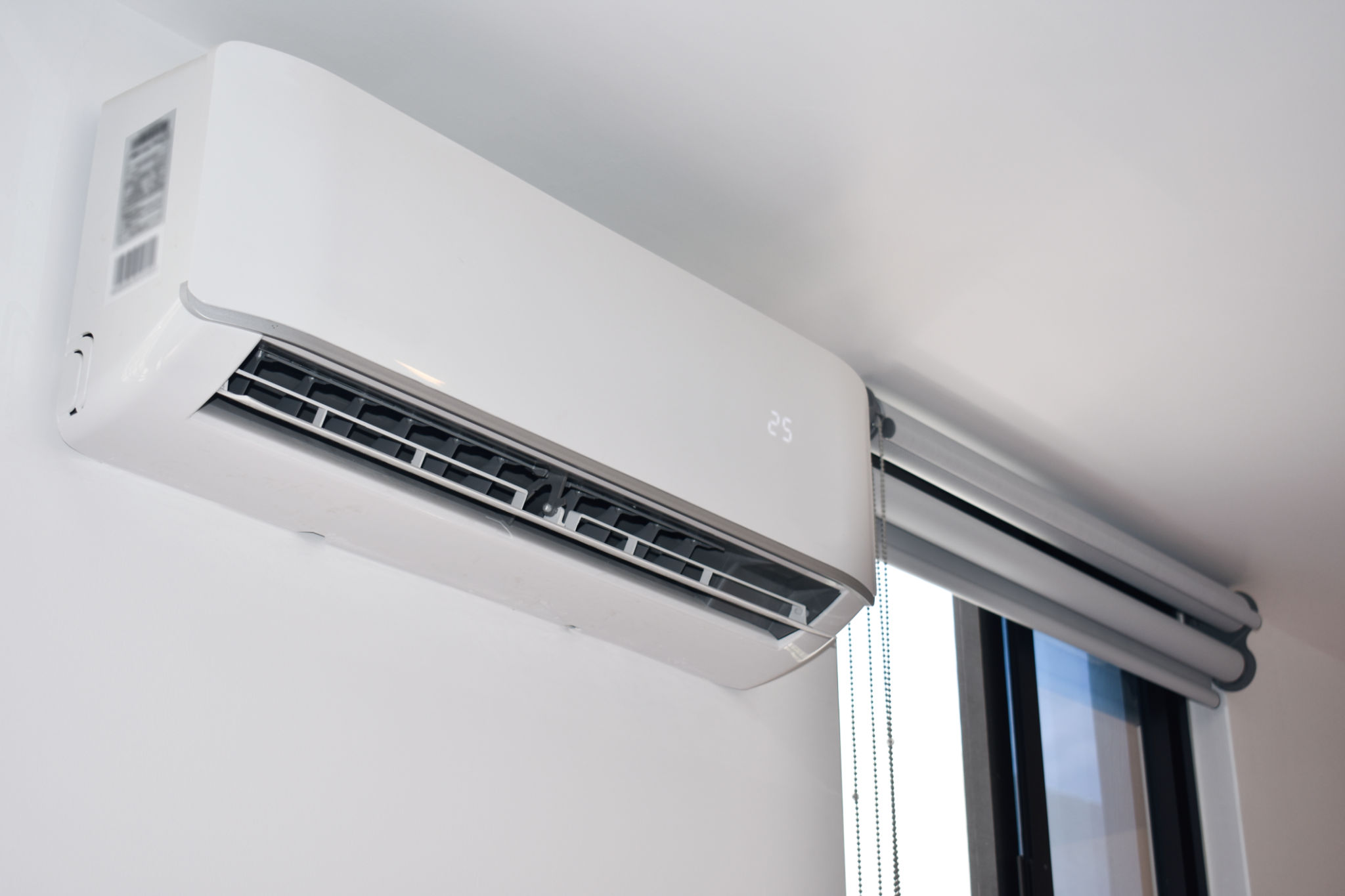Comparing Cooling Systems: Central Air vs. Ductless Mini-Splits
Understanding Central Air Conditioning
Central air conditioning systems are a popular choice for many homeowners. These systems operate by using a network of ducts to distribute cool air throughout an entire home. The main components include an outdoor compressor unit and an indoor evaporator coil, which work together to cool and dehumidify the air before it's circulated via ducts.
One of the key benefits of central air systems is their ability to provide consistent temperature control across large spaces. They are particularly effective in homes with existing ductwork, as installation can be more straightforward and cost-effective.

Installation and Maintenance
Installing a central air system can be complex and often requires professional assistance. The process involves setting up both the indoor and outdoor units, along with integrating them into the existing ductwork. Regular maintenance is crucial to ensure optimal performance, which includes tasks like changing filters, cleaning coils, and checking for leaks.
Despite the higher initial costs associated with installation and maintenance, central air systems are known for their longevity and ability to enhance home value.
Exploring Ductless Mini-Splits
Ductless mini-split systems have become increasingly popular due to their flexibility and efficiency. Unlike central air systems, these do not require ductwork, making them an excellent option for homes without existing ducts or for room additions.
A ductless system consists of an outdoor unit and one or more indoor units, which are mounted on walls or ceilings. Each indoor unit can be controlled independently, allowing for customized temperature settings in different rooms.

Energy Efficiency and Cost
One of the standout features of ductless mini-splits is their energy efficiency. Because they don't rely on ducts, there's no energy loss through leaks or poor insulation. This often results in lower energy bills compared to traditional central air systems.
The cost of installing a ductless system can vary based on the number of indoor units required. However, the potential savings on energy bills can offset these initial expenses over time.
Choosing the Right System for Your Home
When deciding between central air and ductless mini-splits, consider factors such as the size of your home, your budget, and whether your home already has ductwork. Central air systems may be more suitable for larger homes or those with existing ducts, while ductless systems offer flexibility and efficiency for smaller spaces or specific zones.

Pros and Cons Summary
- Central Air: Consistent cooling for large spaces, higher installation costs, requires existing ductwork.
- Ductless Mini-Splits: Energy-efficient, flexible zoning, no need for ducts, potentially higher initial unit costs.
Both systems have their unique advantages and potential drawbacks. Understanding these can help you make an informed decision that best suits your home's cooling needs.